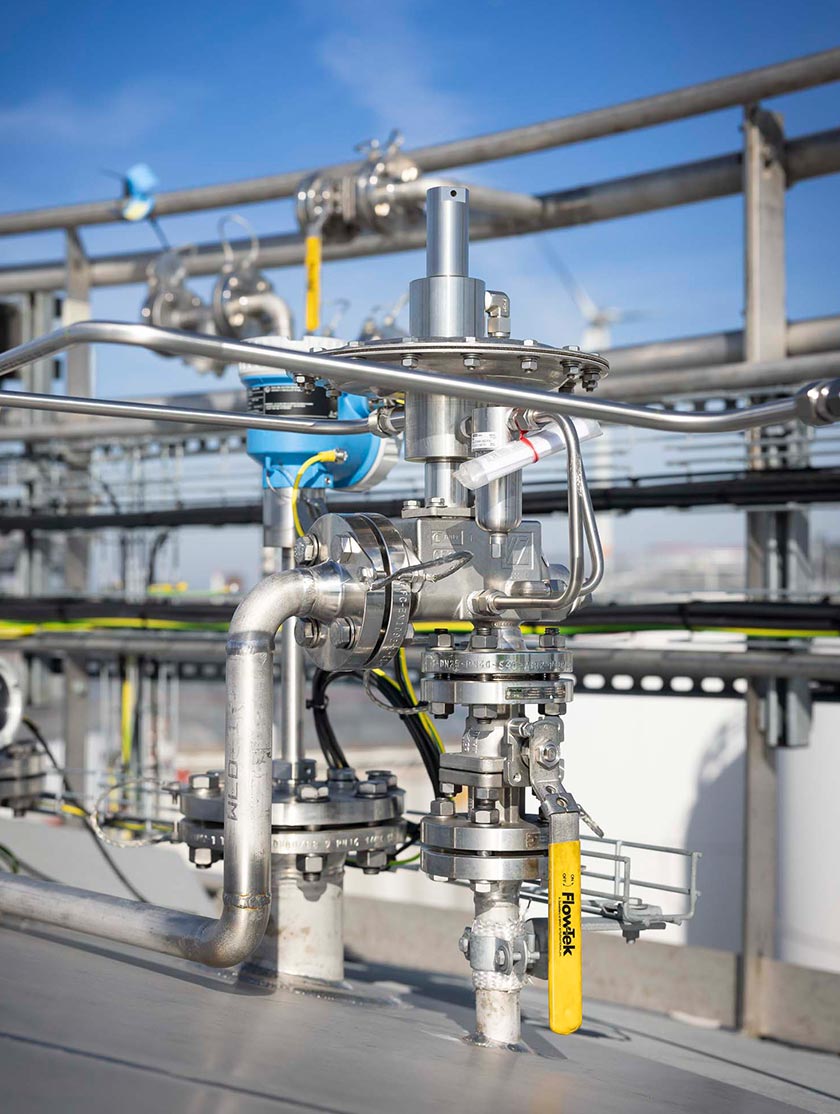Troubleshooting Steps for Common Pressure Reducing Regulator Problems
Troubleshooting Steps for Common Pressure Reducing Regulator Problems
Pressure reducing regulators (also referred to as pressure regulators) are essential components that maintain downstream pressure at the desired level, ensuring the safe and efficient operation of pneumatic, hydraulic, and gas systems. Despite their reliability, pressure reducing regulators can experience common problems that affect system performance. This article describes systematic troubleshooting steps to effectively diagnose and resolve these issues.
Common Pressure Reducing Regulator Problems
- Inconsistent outlet pressure
- Pressure drop or failure to regulate pressure
- Excessive upstream pressure build-up
- Vibration or noise during operation
- Upstream or downstream leaks
Step-by-Step Troubleshooting Guide
1. Check Installation and Setup
- Check orientation: Make sure the pressure reducing regulator is installed in the correct flow direction as indicated on the housing. Reverse installation may cause malfunction.
- Check proper sizing: An undersized or oversized regulator may not maintain the desired outlet pressure.
- Check connections: Ensure all fittings and connections are tight and undamaged.
2. Check Supply Conditions
- Check inlet pressure: Confirm that the inlet pressure is within the specified operating range of the regulator.
- Evaluate supply quality: Contaminants such as dirt, moisture, or oil can damage the regulator's internal components. Use filters or driers if necessary.
- Check flow demand: Sudden changes in downstream flow can affect the regulator’s performance.
3. Adjust Set Pressure
- Adjust control knob or spring tension: The pressure reducing regulator is usually equipped with an adjustment mechanism. Adjust this setting slowly while monitoring the output pressure.
- Avoid overtightening: Excessive force may damage the spring or internal components.
4. Inspect Internal Components for Wear or Damage
- Diaphragm inspection: A cracked or worn diaphragm may cause inconsistent pressure control or leaks.
- Seat and valve condition: Inspect the valve seat for wear, dirt, or damage that may prevent proper sealing.
- Spring integrity: Make sure the spring is not broken or fatigued, as this will affect the pressure setting.
5. Clean the Regulator
- Careful disassembly: Follow the manufacturer's guidelines for accessing internal components.
- Remove debris: Use compressed air or suitable cleaning solutions to remove dirt and deposits without damaging components.
- Lubricate as necessary: Some regulators require specific lubricants; refer to the product manual.
6. Test for Leaks
- Use soapy water or leak detection fluid: Apply around housing fittings and seals to visually identify leaks.
- Pressure drop test: Isolate the regulator and monitor pressure drop over time to detect internal leaks.
7. Replace Worn Regulator Parts
- If cleaning and adjustment do not restore operation, replace diaphragms, springs, or seals with manufacturer-approved parts.
- In case of severe damage or repeated failure, replacing the entire pressure reducing regulator may be more cost-effective.
8. Check Downstream System Components
- Check downstream valves and piping: A clogged or closed line can cause abnormal pressure readings.
- Inspect downstream equipment: Failures in connected equipment may mimic problems with the regulator.
Conclusion
Pressure reducing regulators are essential to maintaining system safety and efficiency. Effective troubleshooting requires a methodical approach: checking the installation, assessing supply conditions, inspecting internal components, and ensuring proper adjustment and maintenance. Regular inspection and preventative maintenance can significantly reduce downtime due to regulator failure. When in doubt, always consult the manufacturer's technical documentation or seek professional assistance to ensure system integrity and safety. By following these troubleshooting steps, operators and maintenance personnel can quickly identify and resolve common pressure reducing regulator problems, ensuring consistent and reliable pressure control in their systems.
Tailored Pressure Reducing Regulators for Your Industry |
Cashco’s regulators are engineered for demanding sectors like oil & gas, residential, manufacturing, and more. Explore our industry-ready models or complete the Regulator Sizing Form for help selecting a regulator that meets your specific operational standards.
Wonder how pressure reducing regulators perform in real-world applications?
Check out our animation to see how they power industrial systems safely and efficiently.





